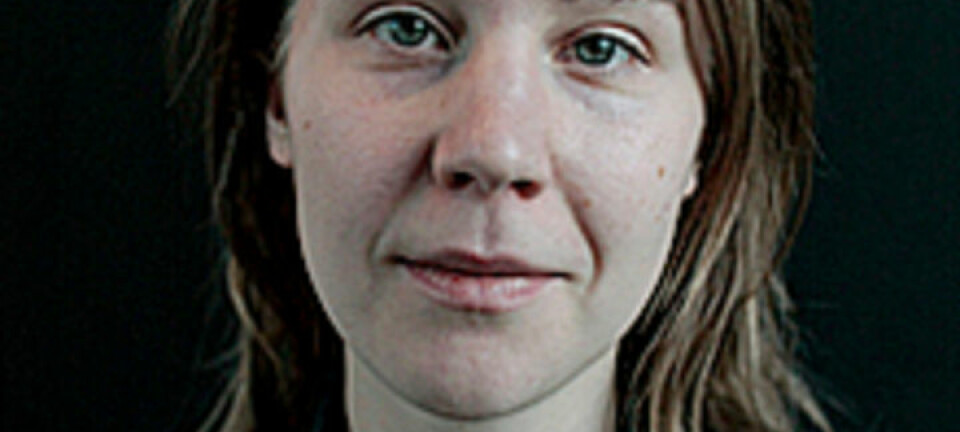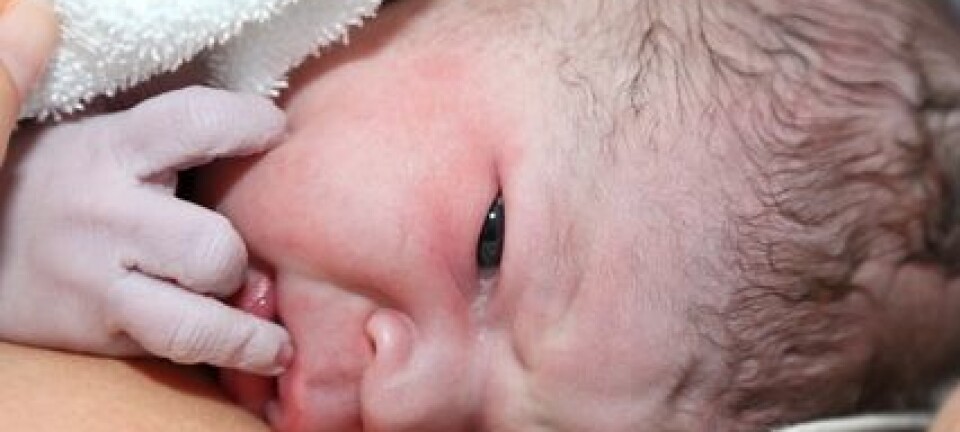
Thousands of children undergo grommet surgery without visible effect
Many children receive the treatment even though doctors do not know how effective it is or whether it is even needed.
Denmark has the highest rate of surgical treatment with grommets among children in the world.
Each year, doctors conduct more than 60,000 procedures, and three out of ten children have undergone the procedure before the age of five.
Grommet surgeries cost upwards of US$6m each year, yet there is little scientific evidence that the procedure works as a treatment for middle ear infection.
Several studies show that the infection usually clears up with or without treatment by grommets.
Read More: How scientists are designing the hearing aid of the future
Professor: Strange priorities
The basis for grommet surgery in children seems thin and many Danish scientists are now rethinking the practice.
“You may well ask, why, when we want an evidence-based healthcare system, does Denmark have by far the highest frequency of ear draining procedures at a non-trivial social expense of millions of dollars a year, without evidence that in works? It seems strange,” says Hans Bisgaard, professor of paediatrics and head of the Copenhagen Studies on Asthma in Childhood Research Center (COPSAC), Denmark.
Other professors agree. Preben Homøe, an ear, nose and throat doctor and professor at the University of Copenhagen, Denmark, is one of them.
“We are bad at identifying these children out of all the other children that probably don’t really benefit from ear draining, or where the condition would [ease if left alone]. We need more studies,” says Homøe.
Read More: Hearing disorders can be treated with multifunctional nanoliposome therapy
Procedure has no effect
In Denmark, children with recurrent middle ear infection undergo grommet surgery. A 2010 Cochrane analysis (a review of existing research) demonstrated that the procedure was effective in the long-term in one out of every three to five children with recurrent middle ear infection.
“Two to four children with a recurrent middle ear infection will not benefit by drainage in the long-term. And those who experience an effect have on average one less middle ear infection over the following six months,” says Homøe.
Professor Therese Ovesen from Aarhus University, Denmark, also has doubts that the Danish treatment is optimal.
One of the criteria for surgical grommets is that that children’s hearing is affected. But it is impossible to conduct reliable hearing tests on a child under the age of three or four, says Ovesen.
“The best would be if we could take a blood sample and say, ‘OK, in this case we should operate,’ but we don’t have such a definite, objective method. Therefore, we need to guess whether there is hearing loss and listen to the parent’s concerns regarding their child’s language development, general behaviour, and quality of life,” says Ovesen.
Practitioners can recommend grommet surgery for a child if they have fluid in their middle ear for at least three months.
However most children under the age of three will experience this at some point. And the fluid can develop and disappear in a short period, says Ovesen.
“The trick is to find out when this is a health problem or results in persistent symptoms for the child,” she says.
Read More: These dolls can teach autistic children better speech
Swedish experts think Danish doctors over use the procedure
In Sweden, surgical grommets are used far less often. Professor Sten Hellström from the Karolinska Institute suspects that Danish children may be treated for harmless tissue in the middle ear.
“I suspect that many doctors in Denmark [use grommets] in children for reasons other than fluid in the middle ear,” writes Hellström in an email to ScienceNordic’s Danish sister site, Videnskab.dk.
According to Hellström, fluid in the middle ear does not necessarily lead to hearing problems. Although in some children it can severely impair their hearing and their ability to communicate.
In Sweden, children must have hearing problems before they resort to grommets. In some cases, this is solved with hearing apparatus.
Read More: Gene therapy for ears
Parents push for grommets
Danish rules clearly state that a doctor or consultant should not refer the child for grommet surgery until three months after they were first presented, in order to investigate whether they have hearing difficulties.
But this can be difficult to communicate to parents who feel that they are on the ropes—an experience that Homøe has heard repeatedly from many of his colleagues.
“They feel quite pressured to insert grommets because the child is in pain and the parents are worn thin,” he says.
“We also feel it as scientists. We’re now studying children with and without grommets. If the children who don’t have grommets still have problems one month later, then those children will receive grommets anyway, because otherwise the parents refuse to participate. There’s a whole culture around grommets here in Denmark,” says Homøe.
Read More: How the brain connects words and smells
Professor will not discourage grommets
Even though the science and national guidelines show that Denmark may be over reliant on grommets, scientists are not discouraging the treatment.
“I’m just as doubtful as many others, but perhaps we’re doing it right in Denmark unlike other countries? We just don’t know right now,” says Homøe.
Oversen agrees.
In the long-run, the science could show that grommets really work and that other countries are under-treating children, she says.
She notes that middle ear infections disappear by three years of age among 90 per cent of all affected children. But for the other ten per cent it could be unhealthy to be left untreated for so long, she says.
--------------------
Read more in the Danish version of this story on Videnskab.dk
Translated by: Catherine Jex









